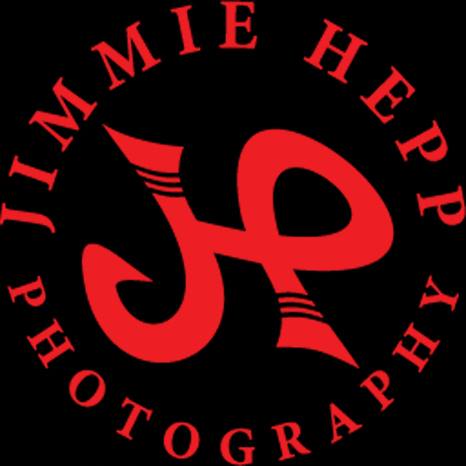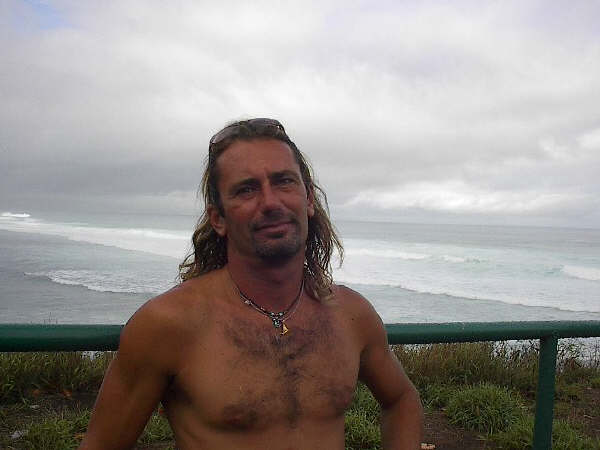Harbor had perfect foiling waves, but it was slow and packed. In this picture brother Randy is shifting his weight on the front foot (by leaning forward on his hips) in order to keep the foil down (as it was flying a bit high). Love the classic glittery sparkles.

I did not check Jaws instead, but that's just because my customer only wanted head high waves... which we ultimately found. This is Annie Reickert by Erik Aeder.

3am significant buoy readings and discussion.
South shore
Barbers
2.3ft @ 14s from 303° (WNW)
Lanai
1.8ft @ 15s from 206° (SSW)
The 14s reading at Barbers is obviously the wrap of the NW swell, which makes me think that the 15s reading at Lanai is also that. Unfortunately, the fact that it managed to wrap around the islands and somehow hit Lanai from 206 degrees doesn't mean that Lahaina will have the same wrap. The webcam looks pretty flat, in fact, but check it out yourself if interested.

North shore
NW101
10.8ft @ 13s from 313° (NW)
5.2ft @ 18s from 304° (WNW)
Waimea
Waimea
4.8ft @ 14s from 341° (NNW)
Pauwela
Pauwela
4.9ft @ 14s from 348° (NNW)
2.1ft @ 9s from 21° (NNE)
The simultaneous arrival of both 13 and 18 seconds periods from the new swell at the NW buoy is beautifully explained by Pat Caldwell (timing is for Oahu, Maui about 4 hours later).
A new low pressure is expected to bring up the surf on Saturday with a wide spread in wave periods from 290-320 degrees. Typically, longest wave periods arrive at a target first, since the longer ones travel faster. But in this case, the weather system is modelled to nose near gales to within 500 nm of Hawaii on Friday. Thus, the shorter periods waves of 10-14s from the nearby source should arrive first on Saturday morning, bring surf near the November average from 300-330 degrees.
But close on its heels is the long-period wave energy, that was produced 11/13-14 while the low was west of the Date Line. The low center was near 40N, 170E Wednesday morning when ASCAT satellite registered the strongest winds to storm force. The center of the low jogged SE into Thursday, setting up a captured fetch over the 295-310 degree band. Winds slowly weakened to severe gales by late Wednesday. Models show a continued decline to gales as the fetch over the 295-310 degree band moves east of the Date Line. The low is expected to lose steam considerably by Friday as it lifts away to the NE.
The largest surf locally is expected from the long-period wave energy from 295-310 degrees. It should pick up Saturday afternoon to levels above average, peak overnight, and slowly drop on Sunday from 295-330 degrees. Heights are predicted to fall below average Sunday night.
But close on its heels is the long-period wave energy, that was produced 11/13-14 while the low was west of the Date Line. The low center was near 40N, 170E Wednesday morning when ASCAT satellite registered the strongest winds to storm force. The center of the low jogged SE into Thursday, setting up a captured fetch over the 295-310 degree band. Winds slowly weakened to severe gales by late Wednesday. Models show a continued decline to gales as the fetch over the 295-310 degree band moves east of the Date Line. The low is expected to lose steam considerably by Friday as it lifts away to the NE.
The largest surf locally is expected from the long-period wave energy from 295-310 degrees. It should pick up Saturday afternoon to levels above average, peak overnight, and slowly drop on Sunday from 295-330 degrees. Heights are predicted to fall below average Sunday night.
Below are the maps of Nov 13, 14 and 15. The fetch of the swell that peaked yesterday is n.1, the one of the new one is n.2.
Below are the graphs of the three reported buoys. Once again, after a temporary relatively manageable start in the early morning, the size should increase steadily throughout all day.
5:19a +2.5 2:59p +1.2 12:22p +1.1 10:05p 0.0 6:38a 5:46p
North Pacific has yet another lovely NW fetch and WNW one off Japan. No lack of swells in these days.

South Pacific has a fetch deep in the Tasman Sea.

Morning sky.











1 comment:
Thanks for the video about Sand Piles. I learned something from that. Appreciate it.
Post a Comment